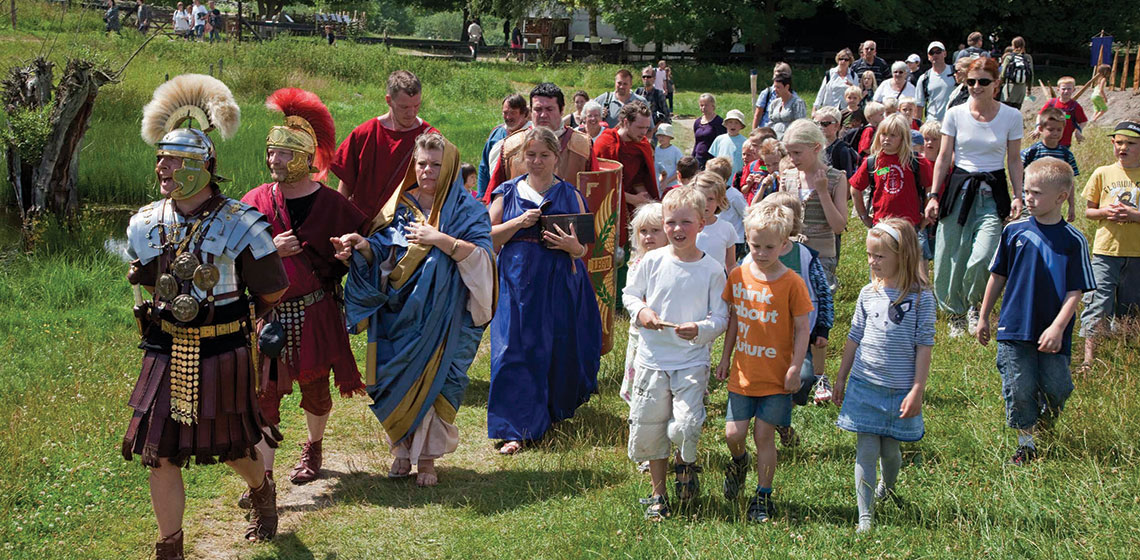living history
Varus and the Lost Legions in Sagnlandet Lejre - A Re-enactment Success?
Publication Date
In July 2009 a battle took place in Sagnlandet Lejre, in the heart of Zealand in Denmark. The battle was a dramatized re-enactment of the historical battle of Teutoburg forest in Niedersachsen in the year 9 AD - also known as the Varus Battle. Why should such a re-enactment event take place in Denmark - over 100 kilometres from the presumed site of the historic battle?...

